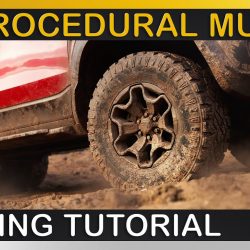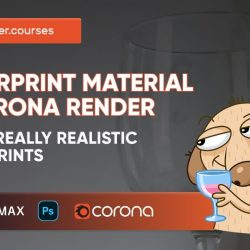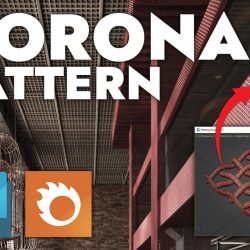In this video, Agnieszka Klich from Arch Viz Artist explains some of the features of the new Boolean modifier introduced in the latest version of 3ds Max. (more…) [...]
Read moreProcedural mud shader with V-Ray
3D Artist Jonas Noell explains how to create realistic and procedural mud shader and apply it to a truck using 3ds Max and V-Ray. (more…) [...]
Read moreCreating different objects with cloth simulation in 3ds Max
In this video by VizAcademy UK, you'll learn how to create realistic cloth simulations using 3ds Max's powerful cloth simulation tools. (more…) [...]
Read moreWind animation for trees with GrowFX
A quick tutorial by Agnieszka Klich from Arch Viz Artist on how to add a wind animation to a tree model using the GrowFX plugin in 3ds Max. (more…) [...]
Read moreTips to achieve more realistic renders
A short video from Render.courses with a few tips on camera positioning, lighting and the use of references to achieve more realistic renders. (more…) [...]
Read moreHow to create fingerprints material
In this tutorial by Render.courses you'll learn how to create realistic fingerprints material using Corona Renderer in 3ds Max. (more…) [...]
Read moreFast interior details that make or break any render
In this new tutorial RenderRam shares 5 super fast and useful interior tips and tricks that will give that extra kick to your interior renders! (more…) [...]
Read moreWhat’s new in 3ds Max 2024?
Agnieszka Klich explores some of the features in 3ds Max 2024, like a new Boolean modifier, upgrades to the Array modifier and improvements to Editable Poly and Edit Poly modifier. (more…) [...]
Read more5 Tips for post-processing interior renders in Photoshop
Render.courses presents 5 expert tips for post-processing your interior renders in Photoshop and make your images stand out from the crowd! (more…) [...]
Read moreTaking your 3D textures to the next level with CoronaPattern
Check out our free webinar by VizAcademy UK to discover the power of the CoronaPattern in 3ds Max! (more…) [...]
Read more









